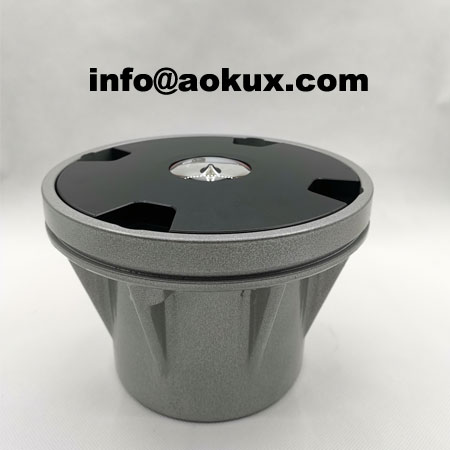
Heliport lighting plays a crucial role in ensuring safe helicopter operations. Helicopters require specific lighting systems to facilitate safe landings, take-offs, and taxiing procedures. This article will explore the significance of heliport lighting, its various components, and how it contributes to the overall safety of helicopter operations.
Importance of Heliport Lighting:
Heliport lighting is essential for several reasons. Firstly, it provides visual guidance to pilots during critical phases of flight, such as landing and take-off. It helps pilots maintain the correct approach path and avoid obstacles or potential hazards. Secondly, heliport lighting enhances visibility for both pilots and ground personnel, especially during nighttime or adverse weather conditions. This improves situational awareness and reduces the risk of accidents or incidents.

Components of Heliport Lighting:
Approach Lighting: Approach lighting systems are installed to guide helicopters during the final approach to the heliport. These lights are typically arranged in a specific pattern, providing pilots with visual cues to align with the landing area.
Touchdown and Lift-off Area Lighting (TLOF): TLOF lighting consists of lights positioned around the touchdown and lift-off area. These lights help pilots identify the precise location for landing and taking off, ensuring accurate maneuvering of the helicopter.
Taxiway Lighting: Taxiway lighting systems are used to guide helicopters on the ground, facilitating safe movement between the landing area and parking or hangar facilities. These lights are placed along designated taxi routes and provide clear visual guidance.
|
Heliport Lighting |
Heliport Lighting |